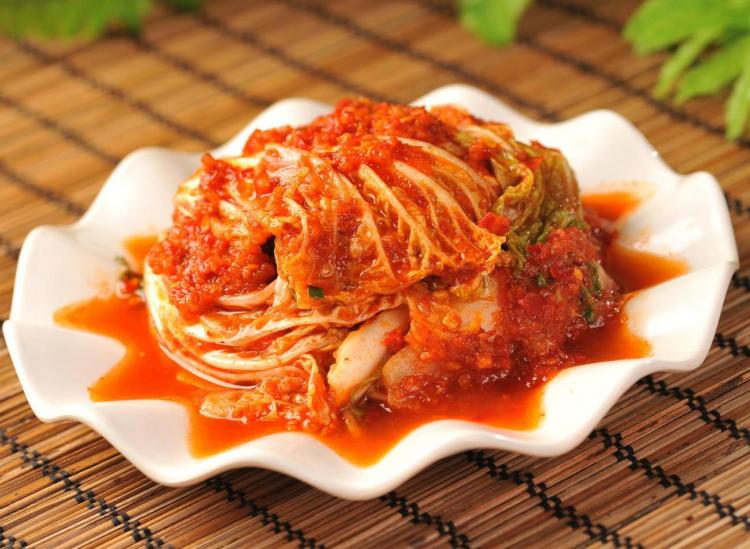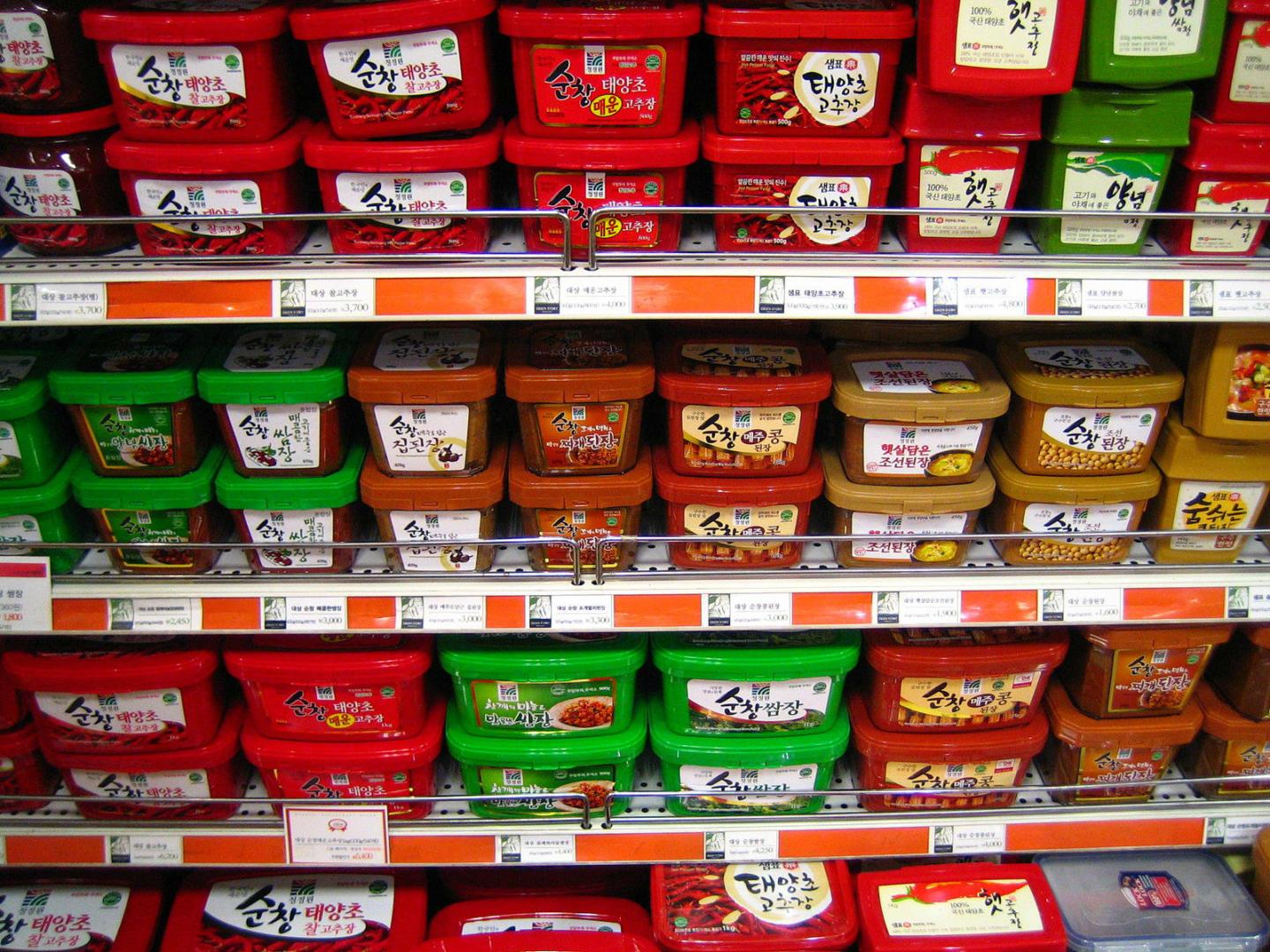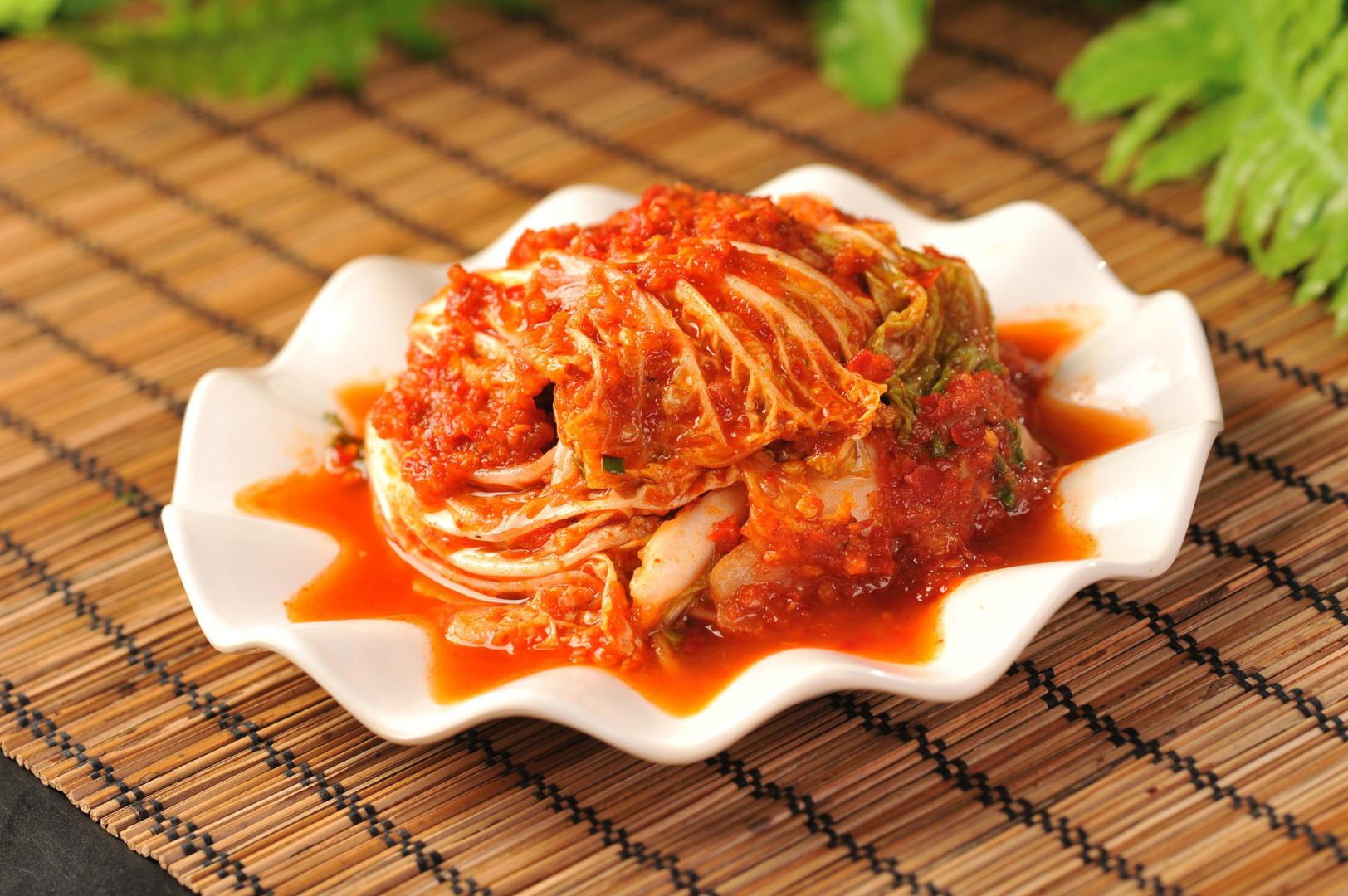This Korean Staple Is The Secret To Your Spicy Fantasies

Pixabay
For curious home cooks out there who want to tackle Korean food, you should get familiar with gochujang, a hot pepper paste that you can easily find in most Korean and Asian grocery stores. Usually sold in plastic tubs, the fermented chili paste is one of the main staples of Korean cuisine and it adds a mysterious peppery tang to any dish it touches.

Wikimedia
Gochujang resembles tomato paste with its deep red color, and Japanese miso, the fermented soybean paste, in its texture. The spicy and sweet condiment is made from gochutgaru (red chili powder), glutinous rice (or sticky rice), meju (fermented soybeans) and salt. The Korean chili paste lends a generous amount of spice, but not too much that it’s overpowering to the rest of the ingredients on the plate. The glutinous rice adds a sweet element and meju gives gochujang its umami flavor and miso-like appearance. Some brands are spicier than others so make sure to check the label if you have any hesitation about the spiciness level.

Pixabay
How To Cook With Gochujang
Use fermented chili paste sparingly. A little goes a long way with this powerful stuff. Don’t use gochujang like you would some other condiment, where you might douse your food until you can’t feel your mouth anymore. Instead, use it like you would miso paste, since its thick texture makes it a little difficult to spread, and incorporate it into a sauce or the base of your dish. The earthy, sweet, spicy and salty flavors of gochujang, make it the perfect ingredient to pair with simple dishes like tacos or sliders, although it’s typically used in Korean cuisine to flavor meat dishes like bulgogi and bibimbap and especially in Korean BBQ.
Chefs around the country have been getting more comfortable with this fermented chili paste, incorporating it into all sorts of crazy dishes. You can use it as a dipping sauce for Korean fried chicken, a base for your ramen broth, a glaze for baby bok choy, in a BBQ sauce for bulgogi tacos or our personal favorite, these buttery kimchi udon noodles, that’ll satisfy literally all of your cravings in one dish.
Keep In Mind
It’s important to note that when you’re making a sauce using gochujang, you’ll always need to cut it with another kind of liquid like soy sauce or sesame oil to dilute the thick paste. Once you open the container, you should put it in the fridge to keep it fresh, although it does have a relatively long shelf life. Even though the funky chili paste is a Korean staple, you shouldn’t limit its use to Korean food only. Get creative, who knows what kind of flavor combinations you might discover in the process. Happy cooking!











